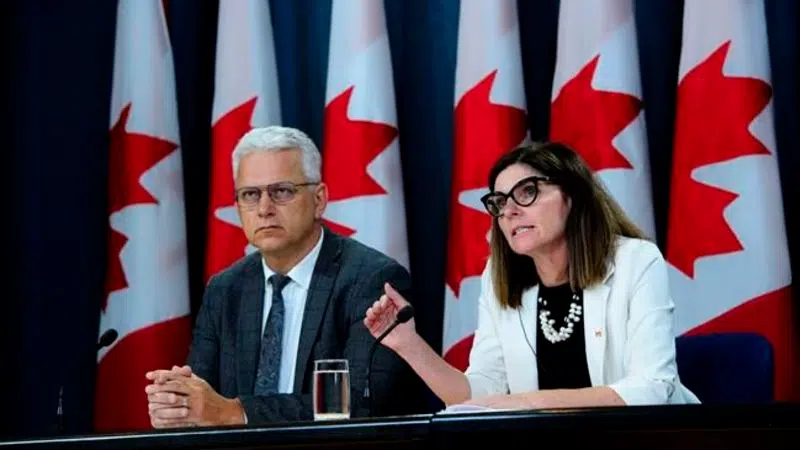
Documents shed light on seniors poverty figures used by federal Liberals
OTTAWA — Internal government documents say that many of the 57,000 seniors the Liberals say they have helped lift out of poverty only moved above the poverty line when the government changed the measure.
Last August, the federal government adopted, for the first time, an official poverty line based on the income needed to afford a basket of household necessities.
Previously, Canada’s main measure of poverty was the “low-income cut-off,” a different calculation based on how much a person or household spends on necessities relative to others.
A late-November briefing note for Seniors Minister Filomena Tassi said federal boosts to seniors’ benefits appeared to be highly effective “because there was a concentration of seniors with incomes that placed them just above” the low-income threshold, but below the new poverty line.
